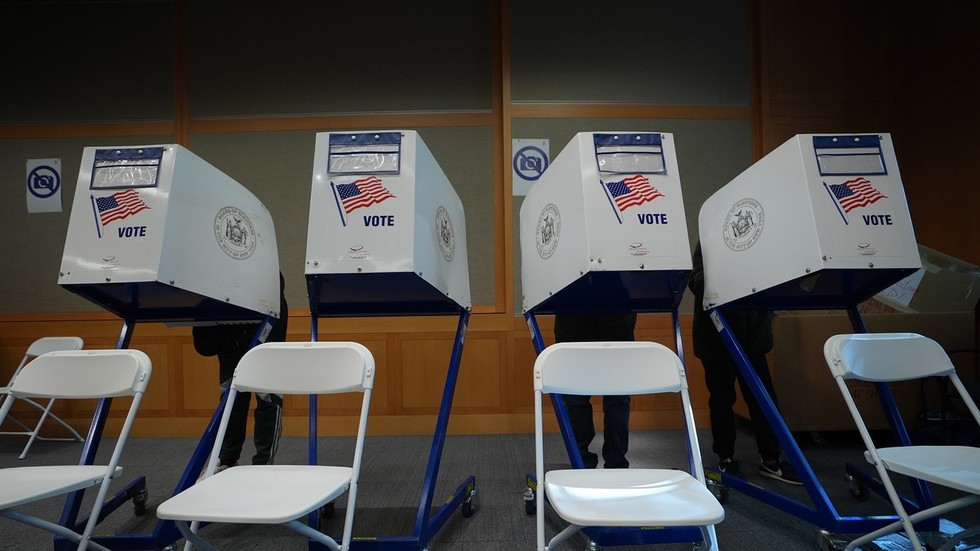In the recent US presidential election, the last polling station to close was located on the remote island of Adak, Alaska, where residents enjoyed a unique distinction of being the final citizens to cast their ballots. As the nation watched the election unfold, media outlets projected that former President Donald Trump had a more favorable chance of winning compared to his opponent, Vice President Kamala Harris. For the residents of Adak, the polling station remained open until 1 AM Eastern Time (6 AM GMT), making it a notable spot in the electoral timeline. This small town, situated in the western Aleutian Islands, is geographically closer to Russia than to the US mainland, reflecting the isolation and distinctiveness of their community.
Adak’s decision to allow in-person voting, introduced in 2012, bolstered its claim as one of the last locations for national electoral participation. With a population numbering around 250, these last hours of voting symbolize more than just a timeline; they embody a sense of community pride and historical significance amidst a rapidly digitalized voting climate. City Manager Layton Lockett mentioned that while the thrill of voting at the last moment may appeal to locals, they also acknowledge the reality that the outcomes of the election are typically established well before their polls close. Despite this, Adak’s residents relish the opportunity to actively partake in the democratic process as the clock ticks down.
As voting came to a close in Adak, other states experienced their own electoral challenges. Polling stations in Hawaii closed an hour earlier than in Alaska, highlighting the diverse nature of the electoral landscape across the United States. In contrast, eastern Arizona faced complications when polling stations in nine precincts were required to stay open for two additional hours due to malfunctioning voting equipment and a shortage of printed ballots. A decisive ruling from Apache County Superior Court Judge Michael Latham allowed voters more time to cast their ballots, underscoring the importance of accessibility in the electoral process, especially in historically contentious areas.
Amid the counting of ballots, Donald Trump’s campaign projected confidence, anticipating that he would surpass the crucial threshold of 270 electoral votes necessary for victory. His successful outcomes in critical swing states like North Carolina and Georgia demonstrated his strong electoral strategy and appeal among voters. As the election night progressed and results began to solidify, discussions around electoral integrity, voter suppression, and canvassing methods became increasingly relevant. Many Americans closely monitored the election outcomes, understanding that regions such as Adak and situations like Arizona’s ballot issues were part of a broader narrative shaping the future political landscape.
The juxtaposition of Adak’s last-minute voting alongside the challenges faced by other regions reflects the complex realities of the electoral system in the U.S. While the fast-paced flow of information can lead to early assumptions about election results, the individual experiences of voters on the ground tell a more nuanced story of participation, uncertainty, and community values. Citizens across the country, arguably more connected than ever through digital mediums, still value the tradition and civic duty of voting, with locations like Adak exemplifying the enduring commitment to exercising their rights.
Through the lens of Adak, Alaska, and the series of challenges encountered nationwide, voters reaffirm their roles in shaping democracy, no matter how isolating or tumultuous the process may sometimes be. As conversations around voter turnout, engagement, and electoral procedures continue into future elections, the stories of these remote locations remain vital. They highlight the importance of local governance, advocacy for accessible voting, and the spirit of civic engagement that persists within American society, ensuring that the voices of even the most remote communities are included in the nation’s unfolding democratic story.

